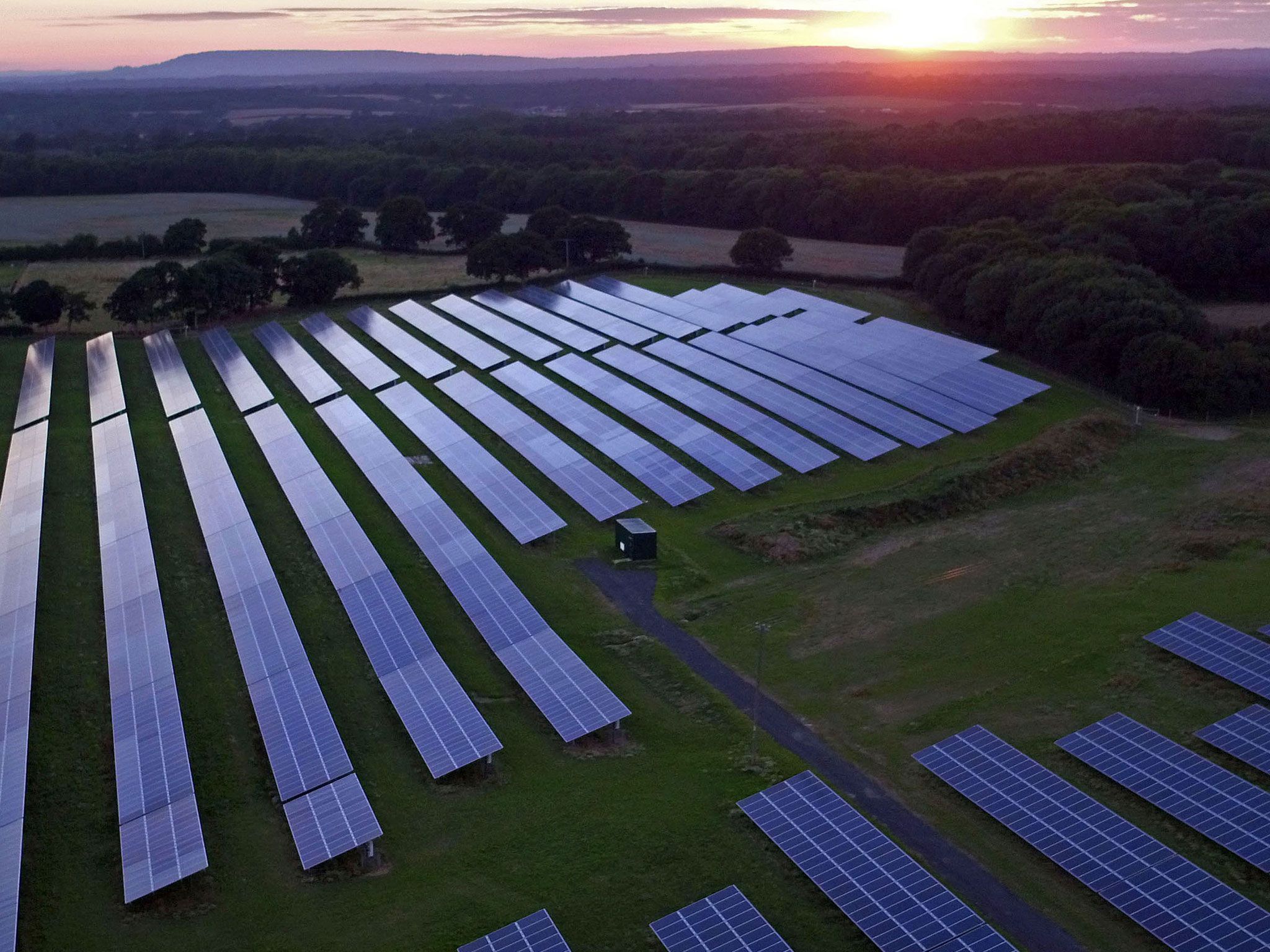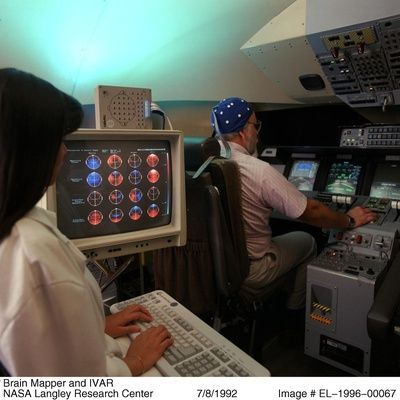May 7, 2017
Unmanned U.S. Air Force space plane lands after secret, two-year mission
Posted by Dan Kummer in categories: military, robotics/AI, space travel
By Irene Klotz
CAPE CANAVERAL, Fla. (Reuters) — The U.S. military’s experimental X-37B space plane landed on Sunday at NASA’s Kennedy Space Center in Florida, completing a classified mission that lasted nearly two years, the Air Force said.
The unmanned X-37B, which resembles a miniature space shuttle, touched down at 7:47 a.m. EDT (1147 GMT) on a runway formerly used for landings of the now-mothballed space shuttles, the Air Force said in an email.
Continue reading “Unmanned U.S. Air Force space plane lands after secret, two-year mission” »


















